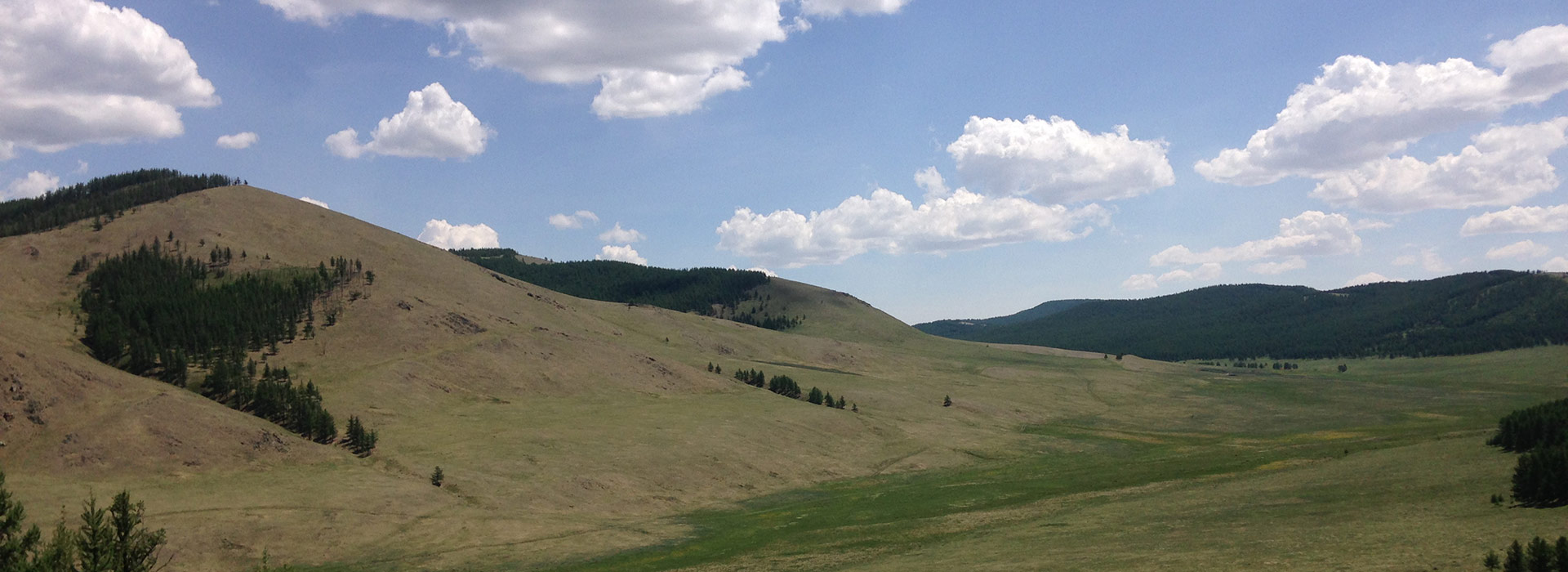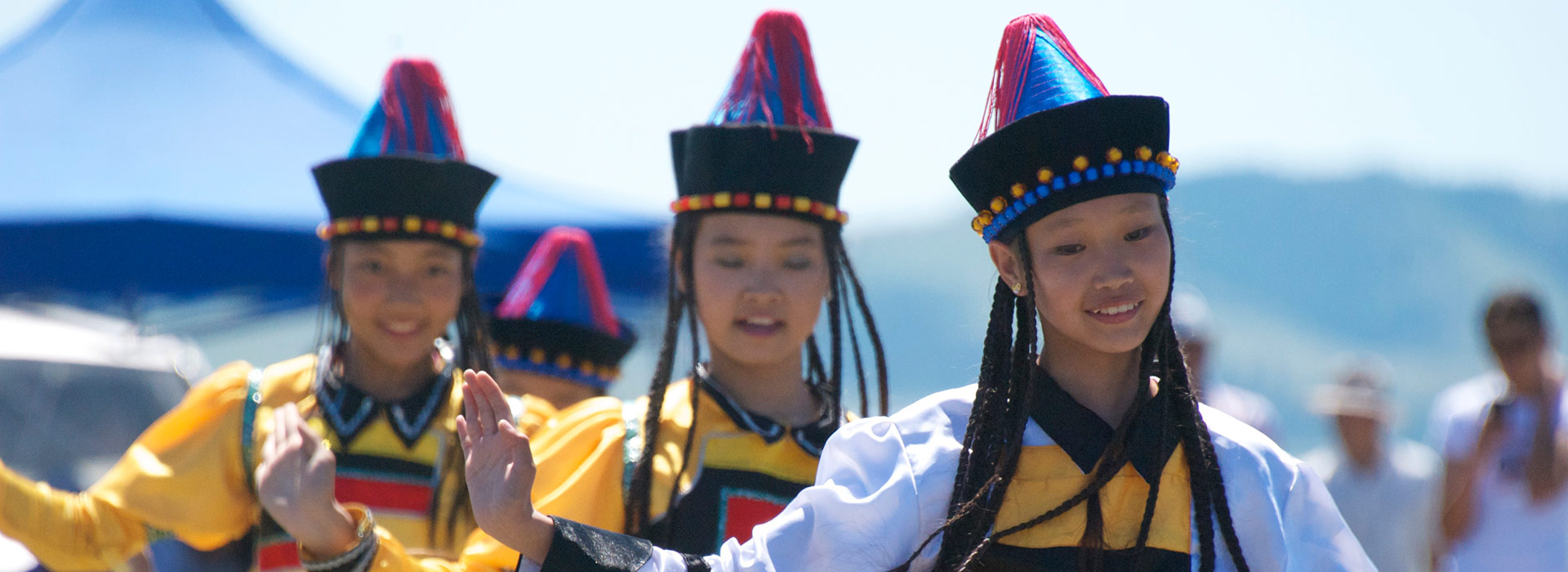Region
Eastern steppes
The Eastern Steppe is the last big remaining intact grassland in the world, as the puzta, Ukraina, Pampas and the American prairie largely have been converted to farmland. It is a remnant of an imperiled ecosystem and among the least protected of all terrestrial types on Earth. This is why all major conservation organizations are engaged here.www.wwf.mn, www.wcs.org/mongolia and www.nature.org/mongolia/
The Mongolian gazelle migration is a wildlife spectacle that occurs in a totally fenceless area the size of Texas. The Mongolian gazelle give birth to their calves in late June, concentrating wherever there has been the best precipitation Wildlife biologist Kirk A. Olson has been researching them for many years and he has seen a mega herd of 250 000. On our trips, sometimes we see none. Sometimes thousands. One of our best trips off the beaten tracks in eastern Mongolia is Eastern Great Landscapes.
Ganga Lake (Sukhbaatar province) has a spectacular whooper swan migration in October and nearby Altan Ovoo has a famous Naadam Festival every four years. Many famous horse trainers in the Mongolian equestrian racing tradition are from Sukhbaatar.
Nömrög Nature Reserve is on the eastern most tip of Mongolia in Dornod province, and really perhaps not a part of the steppe lands. As it consists of Manchurian forests, thus more like a Hangai region. It is the only patch of Manchurian forest in Mongolia, with the rare Ussurian Moose. The Nömrög River empties into the Halh River, bordering China. You will want to travel here late in season when there are fewer mosquitoes. It is quite inaccessible and visits require special permits being in border zone with China and also a strictly protected area.
Höh Nuur (Blue Lake) in northern Dornod province is the lowest elevation of Mongolia at 550 meters above sea level.
How to travel there:
The Eastern Steppe is a “driving destination”, meaning the jeep tracks are pretty OK for Mongolia since the attractions are few and far between. You may cut the overland travel short by flying to or from Choibalsan where there are some reasonable hotels. From there it is still a full days drive be it east or north to get to Buir Lake, Halh River, Ugtam Uul monastery or Mongol Daguur Nature Reserve. Nomadic Journeys are happy to customize trips to anywhere in the Eastern Steppe. Many of our staff are from this region, which is why we know it intimately.
For birders, the Uldz River (Mongol Daguur Nature Reserve) and nearby lakes are stunning birding locations, as is the Halh River delta emptying into Buir Lake, with many many spoonbills. Mongol Daguur Nature Reserve is may have six species of cranes visiting in one season. Most of the global population of White-naped Cranes breed in eastern Mongolia.
What our guests say
Lorem Ipsum is simply dummy text of the printing and typesetting industry.




